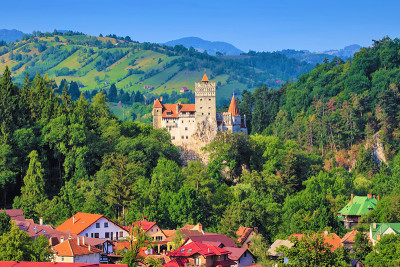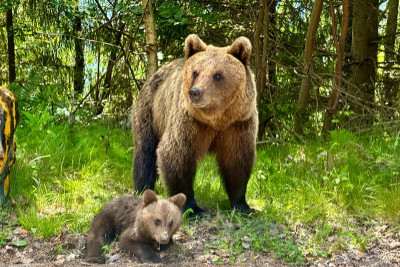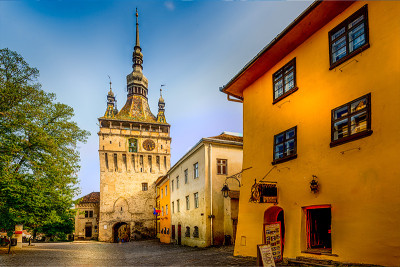Visiting Romania should be a priority for anyone who wants to have a unique and unforgettable experience. Whether you are a fan of outdoor activities, passionate about culinary art or in search of adventure, a tour in Romania will make your wish come true.
1. Medieval Cities
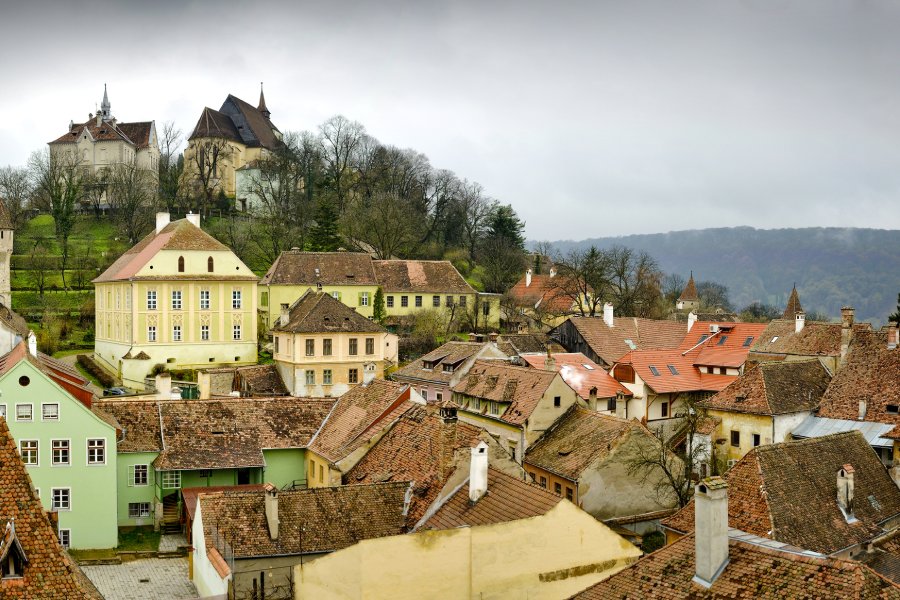
The medieval cities of Romania are extremely attractive holiday destinations all year round:
Sebes
Sebes is one of the most important cities in the south-west of Transylvania. Historical evidence proves that the area where the city is located today was inhabited during the Neolithic period. In these places there was a Dacian settlement belonging to the Roman Empire. Sebes was a blooming economic and political center during the Middle Ages.
Tourists visiting Sebes have the opportunity to see the 12th Century Evangelical Church, Fortress of the city, dating back to the 14th century, as well as Zapolya House, century V.
Medias
Medias is the second largest city in the Sibiu county, in Transylvania and one of the oldest cities in Romania, being certified in the thirteenth century. The city combines architectural elements from different periods, from Gothic to Renaissance, from neoclassical to baroque. The old citadel (Civitas Mediensis) is one of the largest tourist attractions and includes old walls, towers and bastions.
The Evangelical Church of St. Margaret is a 15th-century religious place built in the Gothic style. The interior walls of the church have murals dating back to the 14th-15th centuries. Many historic houses such as Hann, Rosenauer, Schuller, Schuster can be found in Medias.
Bistrita
Bistrita is the capital city of Bistrita-Nasaud region in Transylvania, Romania. The tourist attractions of this area are represented by natural values (Arcalia dendrological park, Colibita lakes, Lala Mare and Lala Mic lakes, the natural reserve of Rodnei Mountains, The Salt Mountain of Saratel, Tausoare cave, Sangeorz-Bai, Colibita, Piatra Fantanele and Valea Vinului resorts.
Bistrita is one of the oldest cities in this part of the country, with documentary evidence of the Saxon colonists in the 13th century. In the Middle Ages, Bistrita was a developed shopping center. The historic center comprises 15th and 16th century buildings. The Silversmith House, the Cooper Tower and the Saxon Evangelical Church are some of the most beautiful attractions.
2. Amazing Castles
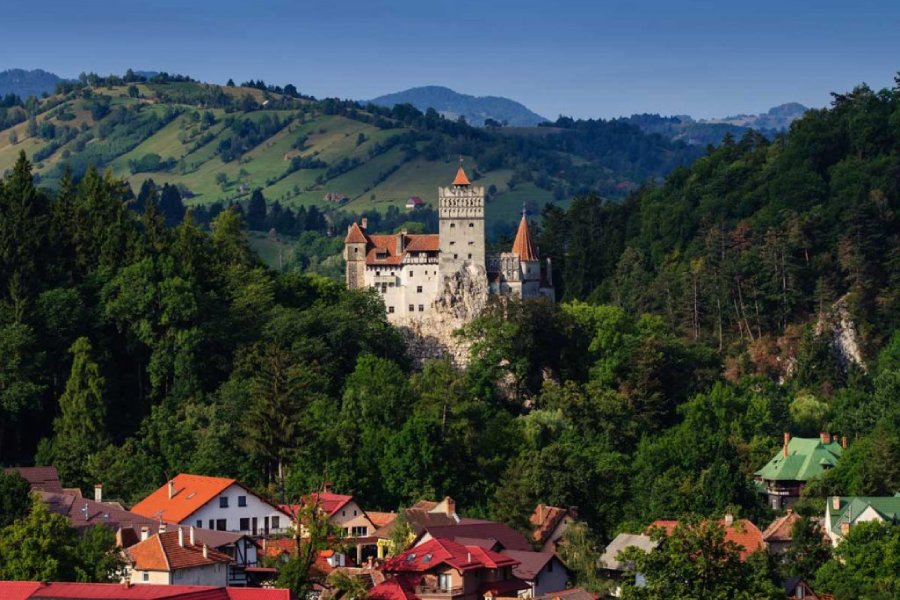
Known for its spectacular landscapes, Romania also has many castles and fortresses. They are spread over the country along the plains on the Black Sea coast or on the hills and on the top of the mountains.
They have witnessed the events that shaped the country’s development, a place with a particularly rich history.
Peles Castle
160 rooms with multiple entrances and interior stairs can be found in Peles Castle. It was the world’s first castle with electricity and central heating system, designed with its own power plant.
Bran Castle
It is known as Dracula’s Castle, after being associated with the edifice from “Dracula”, a horror novel by Irish writer Bram Stocker. Built on a rock in Bran, about 30 kilometers from Brasov, the castle was claimed by the Archduke Dominic of Habsburg and its sisters in 2000. Today the castle is a museum visited by tourists from around the world.
The Corvin Castle
Also known as the Hunyadi Castle, the Corvin Castle is the medieval fortress of Hunedoara, a monument of Gothic architecture decorated with towers and bastions.
The amazing Castle attracts over one hundred thousand visitors each year, being recognized worldwide as one of the scariest castles.
3. Romanian Cuisine
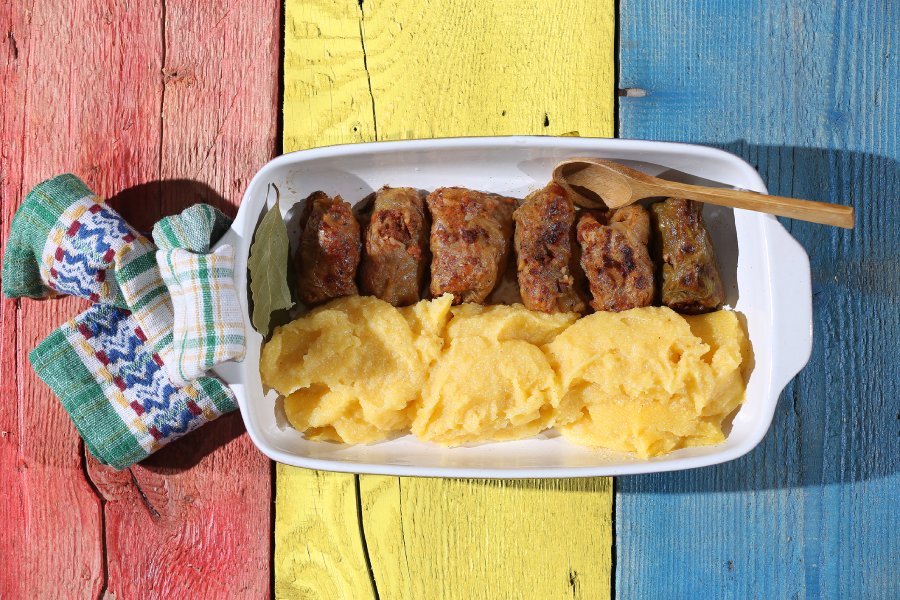
The Romanian cuisine was influenced by many foreign colonists who traveled or occupied the land in the past. These colonists include the Turks, the Greeks, the Hungarians, the Austrians and the Germans.
Pork is the main meat used in Romanian cuisine, but there are also a variety of other meat products, such as beef, lamb and chicken. The best place to eat traditional fish made dishes is the Danube Delta.
Also bread and “ciorba”, which is the traditional Romanian sour soup, are included in the meals. Some Romanians consider their meal to be incomplete without a drink like “tuica” or “palinca”, a strong alcoholic spirit made of fruit (plums, apples, pears, apricots).
Other traditional Romanian food you must try: mamaliga (porridge made out of yellow maize flour), papanasi (doughnuts made with sweet cheese, eggs, boiled and served with fruit jam), sarmale (meat with rice wrapped in pickled cabbage leaves), tochitura de porc (stew made from pan fried cubed pork), mititei (grilled minced meat rolls).
4. Amazing Landscapes
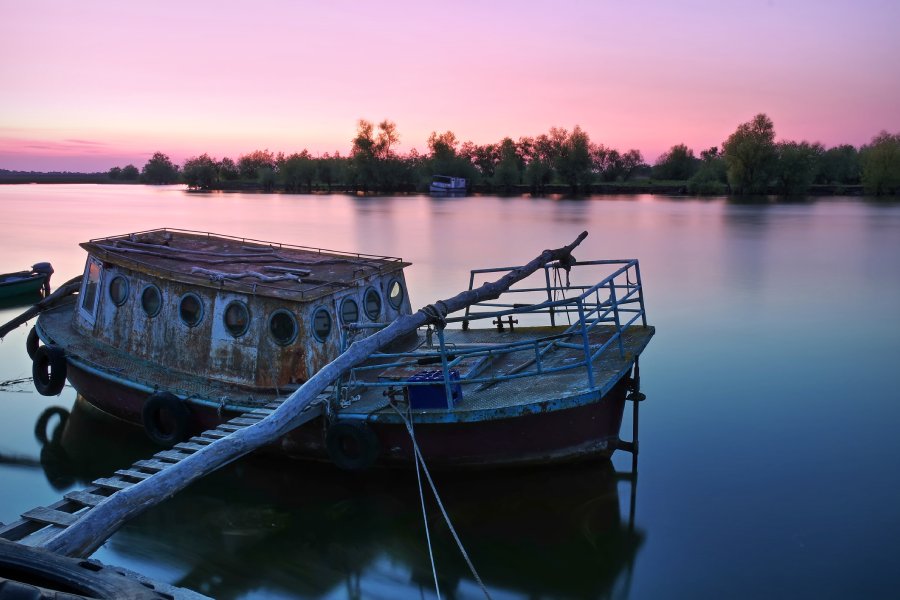
The Danube Delta
The point where the Danube meets the Black Sea is the second largest river delta in Europe. It is also a natural reserve that hosts more than 9,000 species and the largest colony of white pelicans on the continent. Wild horses from Letea forest in the Danube Delta are certainly a special attraction of this natural area.
Retezat National Park
Probably the most impressive mountains in the country, Retezat National Park is the perfect place for those seeking adventures in Romania. It has not less than 80 glacial lakes and twenty peaks over 2,000 meters.
Salt Mine In Turda
Turda Salt Mine is unique in the world for cone-shaped excavation areas, which were used at the beginning of salt extraction activities.
5. Romanian Countryside Life
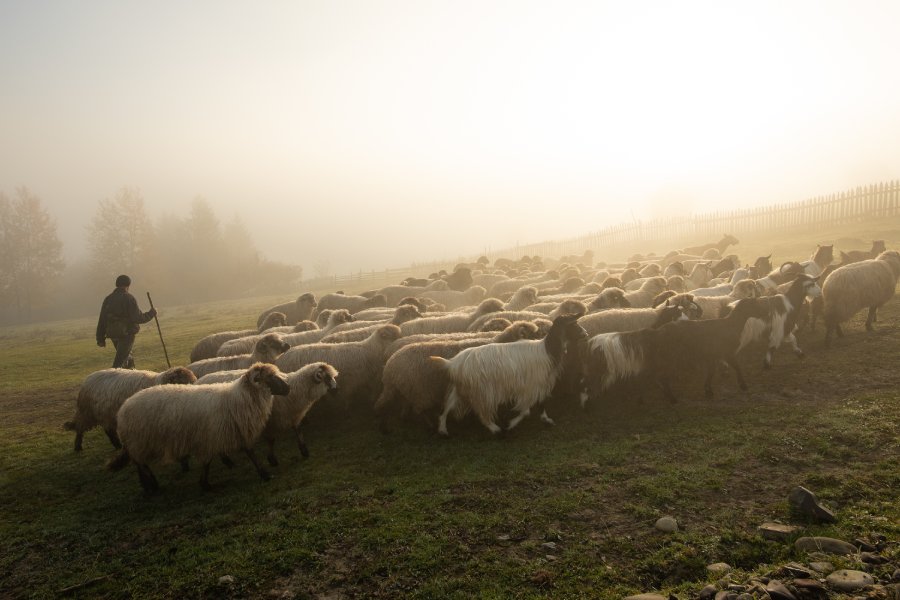
The rural places of Romania are impressive. The old traditions are still alive in the rural areas of Maramures: hills full of flowers and domestic animals, storks nesting in chimneys, traditional farming methods. People are still meeting regularly to sell animals, tools, seeds, cereals and other agricultural products, as they did in the past.
The values that really matter for Romanian people are family, community, tradition, self-sufficiency and especially warmth, generosity and hospitality that make visitors come back again and again.
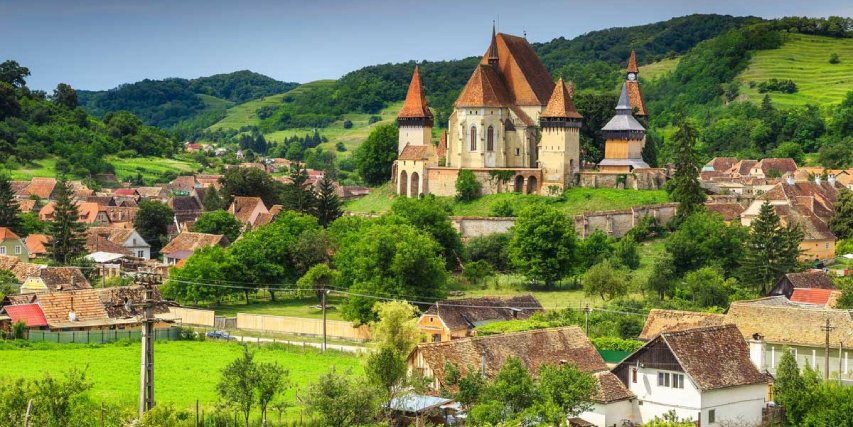
 ES
ES
 IT
IT
 DE
DE
 FR
FR
